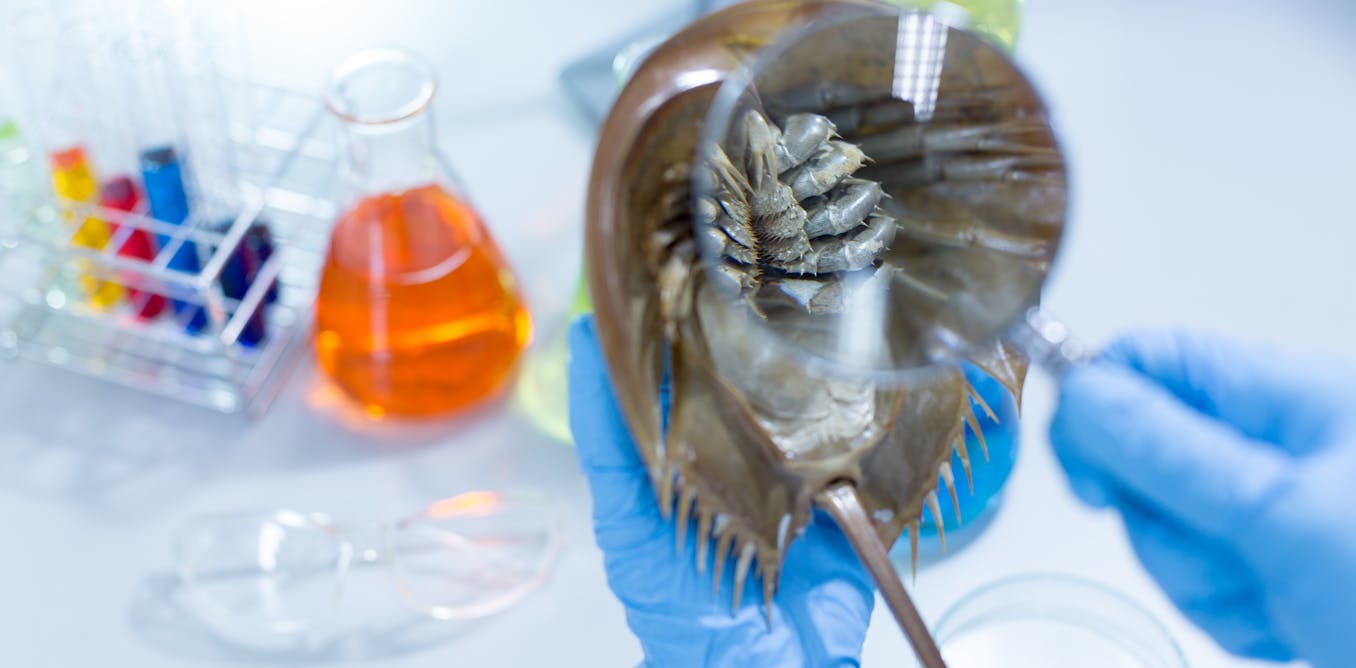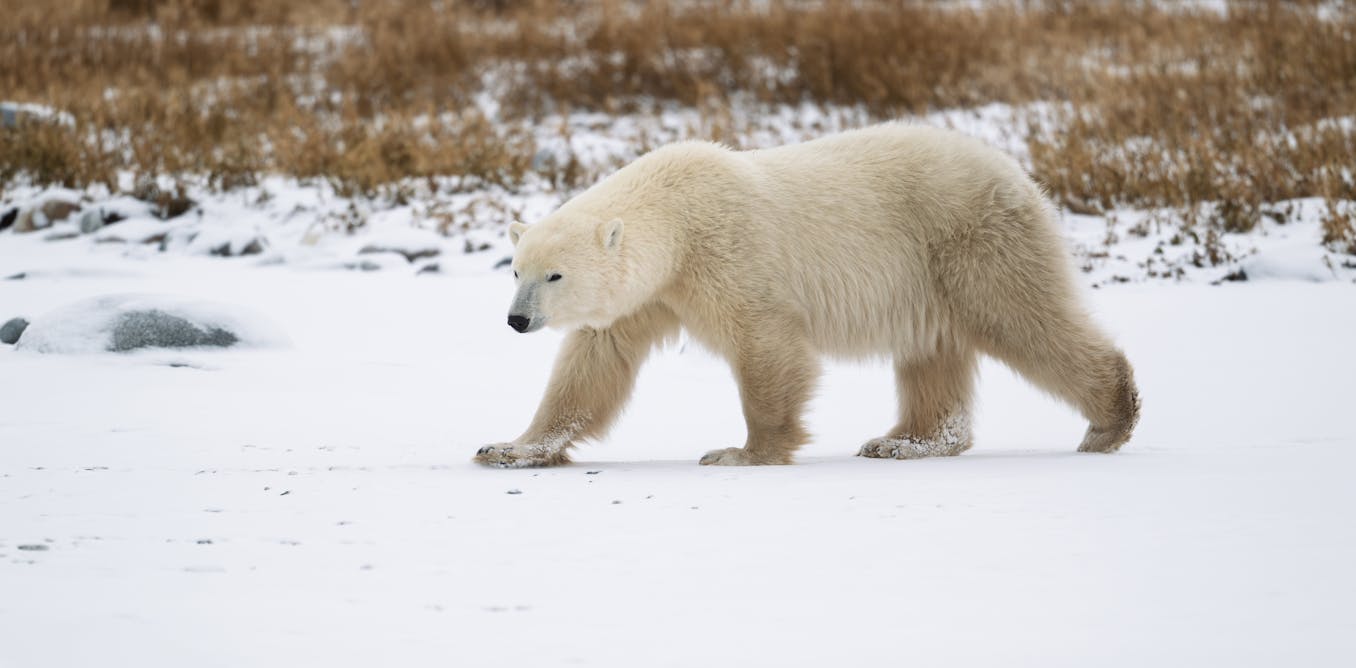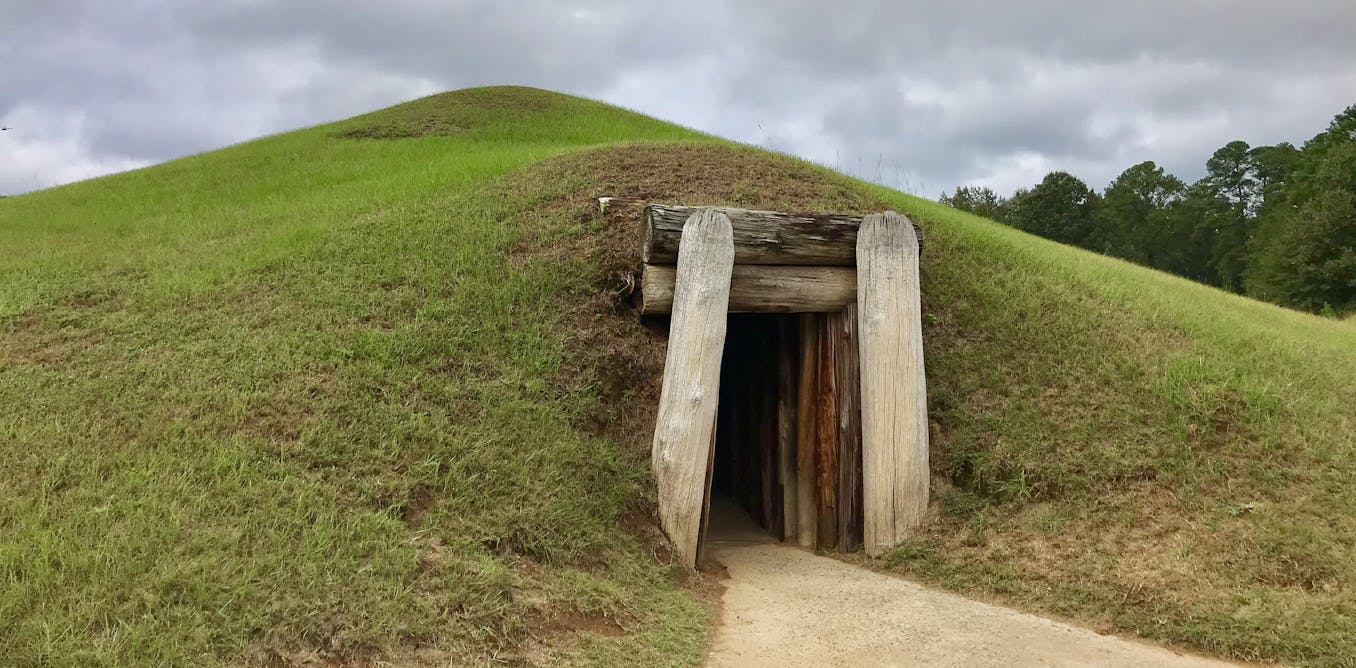The blue blood of threatened horseshoe crabs contains a chemical essential for testing the safety of vaccines. So these ancient creatures are highly sought after by pharmaceutical companies worldwide, contributing to declines in their populations.
While species are disappearing at alarming rates, with a global biodiversity financing gap of US$600 billion to US$800 billion (£460 billion to £610 billion) annually, the genetic information of rare plants and animals is a commercially valuable resource.
Advances in technology now allow the rapid sequencing and sharing of genetic data, bringing huge benefits (and profits) for biotechnology and medicine. However, it also opens the door to “biopiracy”: the unethical or unlawful appropriation of biological resources, typically from countries or Indigenous communities in developing countries.
Even if genetic information is obtained and used appropriately and within the law, important ethical, legal and financial questions still arise: who owns the genetic data derived from nature, and how can we ensure fair sharing of the benefits derived from their use?
A key debate at Cop16, the upcoming UN biodiversity conference, will be how best to channel funding into protecting valuable biological resources. If done properly, people can benefit from the genetic information that nature contains, while ensuring that those conserving these resources, particularly Indigenous people, are properly compensated financially for their efforts.
Our recent paper argues that rules of fair allocation, which have been around since the time of Aristotle, offer a potential way forward.
Genetic information extracted from living organisms can now be easily digitised and shared across borders. This practice, often referred to as digital sequence information (DSI), plays a pivotal role in advancing research in fields such as medicine, agriculture and environmental science.
For example, the genome of the COVID-19 virus was digitally sequenced and shared globally, enabling researchers worldwide to use that DSI to develop vaccines quickly.
Yet, this leads to ethical and legal challenges. The genetic codes of plants and animals from all over the world are stored in international databases, often without proper acknowledgement or compensation to the countries or communities where these sequences originated.
Countries with rich biodiversity, particularly in developing countries, have raised concerns that their genetic resources are being used – and in some cases monetised and commercialised – without approval or fair compensation. Indigenous peoples and local communities have similar concerns.
So, who owns genetic data? It depends.
The ownership of genetic data derived from plants and animals has become a grey area. In theory, countries have sovereignty over their biodiversity, as stipulated in an international agreement adopted in 2010 called the Nagoya protocol. This mandates that countries sharing their biological resources should be compensated through access and benefit-sharing agreements.
Polonio Video/Shutterstock
However, the concept of DSI has complicated these agreements. When genetic data is transformed into a digital format and stored in databases, it is not always clear whether the original country still holds any rights over that data.
Should the digital sequence information of a rare Amazonian plant, for example, belong to the country where it was found, or is it now part of a global commons available to any researcher or commercial entity? Currently, there is no universal agreement on DSI, and with companies and research institutions using genetic data freely, this opens the door to the next wave of biopiracy
Biopiracy has been a historical problem, long before digital data entered the picture. For decades, pharmaceutical and agricultural companies have sourced plant and animal materials from the Amazon rainforest or African savannas. They patented products based on those materials and profited without compensating source countries or Indigenous peoples and local communities who may have used these species for generations.
Now this issue extends beyond physical specimens. The real treasure lies in the genetic information itself. When genetic data is digitised and shared globally, it becomes challenging to trace its origins and hold companies accountable for unauthorised use.
In the absence of benefit-sharing mechanisms (formal ways to share the monetary and non-monetary benefits of using biodiversity with those who bear the costs of conserving it), companies can patent discoveries derived from DSI, with profits flowing to corporations and research institutions in developed countries.
Meanwhile, low-to-middle-income nations that are home to these resources and the communities that protect them do not benefit. We argue this is unjust and contributes towards the continued undervaluation and therefore degradation of biodiversity.
A new genetic code
At Cop16, a potential solution is up for a negotiation: a global system governing the exchange of DSI, including a multilateral fund into which companies which benefit from DSI would contribute.
This fund would be used to pay for action to conserve biodiversity, with a specific priority given to funding for Indigenous peoples and local communities, women and youth. As well as providing compensation for stewardship of the biodiverse ecosystems that contain these genetic resources, funding can be used for training and capacity-building (such as genetic research), which could start to compensate for longstanding inequalities of opportunity that are built into today’s research and commercialisation systems.
Many questions remain as to how this fund would work. That will be negotiated at Cop16. One particular challenge is determining how to implement mechanisms to distribute this fund that are fair, enforceable, and do not overburden countries or companies.
Proposed solutions are grounded in rules of fair allocation. Pharmaceutical companies using DSI could contribute in proportion to their profits or revenues. Beneficiaries could receive payment or other benefits according to criteria such as the levels of biodiversity conserved, threats to biodiversity and financial need.
This multilateral fund could be a major contributor to conservation finance, and one which is directed at those who actually conserve biodiversity on the ground. It has been described as a potentially “historic breakthrough” by the executive secretary of the convention on biological diversity.
But there are still major hurdles to overcome. Big pharma companies are resistant due to the potential financial implications. There has been limited engagement from the conservation community, perhaps because fair sharing of the benefits from genetic materials appears much less immediately pressing than the conservation of wild species and their habitats.
If successful, this could represent a major step towards generating the finance that is desperately needed to support nature conservation. It would set a precedent for similar mechanisms to ensure that those benefiting from using nature pay for the cost of conserving or restoring it – just like bycatch taxes in commercial fisheries or pollution taxes on large agribusinesses.
We believe that this proposal could be revolutionary if it succeeds in channelling large amounts of biodiversity finance to where it is most needed in a fair and equitable way. Genetic data should not only be seen as a resource that generates new drugs and technologies, but as a shared asset of humanity, with the rights and sovereignty of nature’s stewards properly respected and valued.

Don’t have time to read about climate change as much as you’d like?
Get a weekly roundup in your inbox instead. Every Wednesday, The Conversation’s environment editor writes Imagine, a short email that goes a little deeper into just one climate issue. Join the 35,000+ readers who’ve subscribed so far.

The post “How profits from big pharma’s use of genetic information could revolutionise nature conservation” by Eleanor Jane Milner-Gulland, Tasso Leventis Professor of Biodiversity, University of Oxford was published on 10/15/2024 by theconversation.com






































Leave a Reply